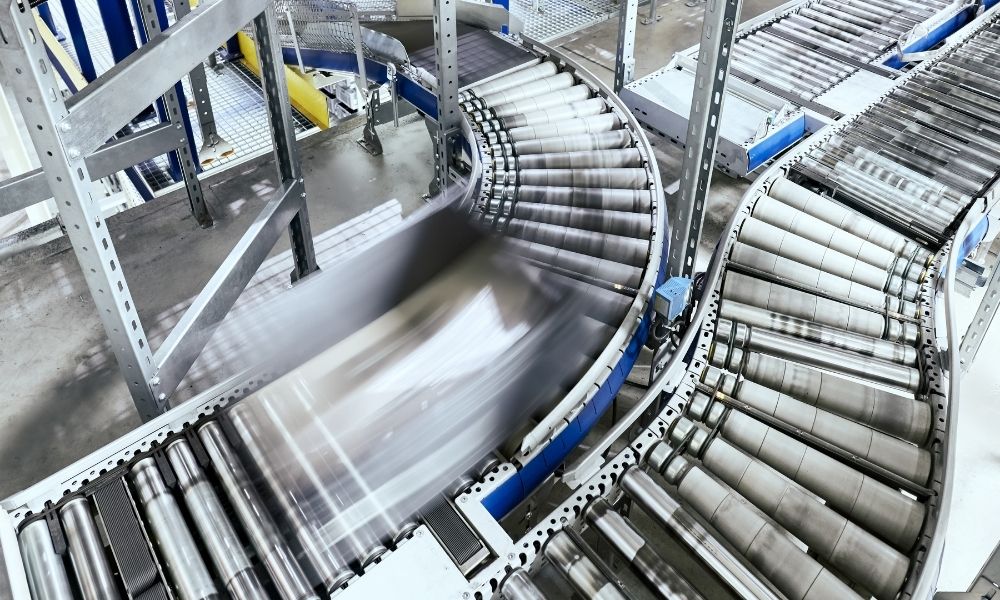5 Industrial Products That Changed the World

These five industrial products that changed the world are responsible for powering and building the foundation on which many modern amenities stand.
Cotton Gin
While many American history books attribute Eli Whitney with inventing the first cotton gin, the earliest versions of the device dates back to the 5th century in India, where it was called a “churka.” However, Whitney’s modern version of the machine was responsible for it gaining popularity in the States, and it quickly became the replacement for picking cotton by hand. Without the cotton gin, there wouldn’t have been enough cotton to supply all the textile factories. It’s the reason why clothes started to become mass-produced, and that is what eventually led to department stores and fast fashion.
Conveyor Belts
The earliest conveyor belts were invented in the mid-1790s for use in mills around England. Then, in 1892, American inventor Thomas Robbins developed the first heavy-duty systems. The conveyor belt would be instrumental in the development of the assembly line, and with the help of Henry Ford, it would cause the American economy to boom. Thanks to conveyor belts, cars became a working man’s tool that eventually led to the dominant automotive society that exists in North America.
Watt Steam Engine
In 1775, James Watt discovered that if he added a second condenser to his steam engine prototype, it became more reliable and efficient. His designs resulted in machines that powered the industrial, textiles, and mining sectors. The Watt steam engine would go on to be the prototype for all modern steam engines. It also led to the invention of locomotives and steamboats, making the world a small, easier-to-travel place.
Cement
Joseph Aspdin was a bricklayer who, in 1824, invented Portland cement. Cement would become vital in modern construction. Some of its first uses were to construct the Thames Tunnel—the first tunnel built under a navigable river—and the London sewer system.
Bessemer Process
The Bessemer process allowed for steel to be produced quickly and affordably. Henry Bessemer, who developed the method in 1856, would license his patient across the world to steel manufacturers like Andrew Carnegie. Years later, architects used the Bessemer process in 1885 to produce the steel used in the first skyscraper, the Home Insurance Building in Chicago.
As you can see, without these five industrial products that changed the world, our lives would be very different.





